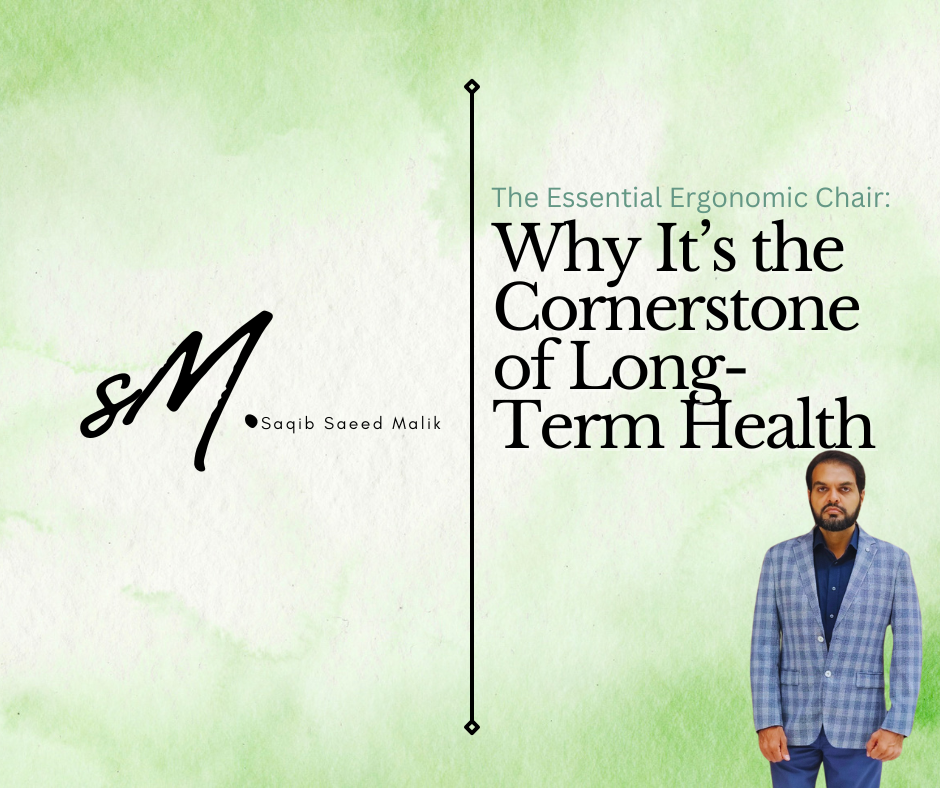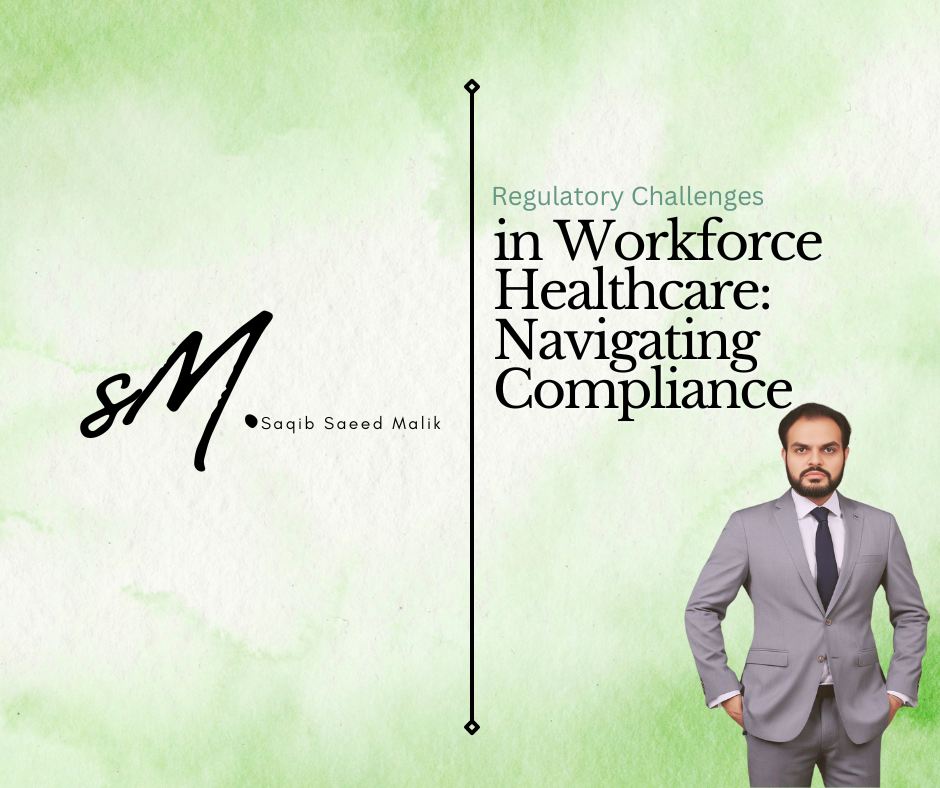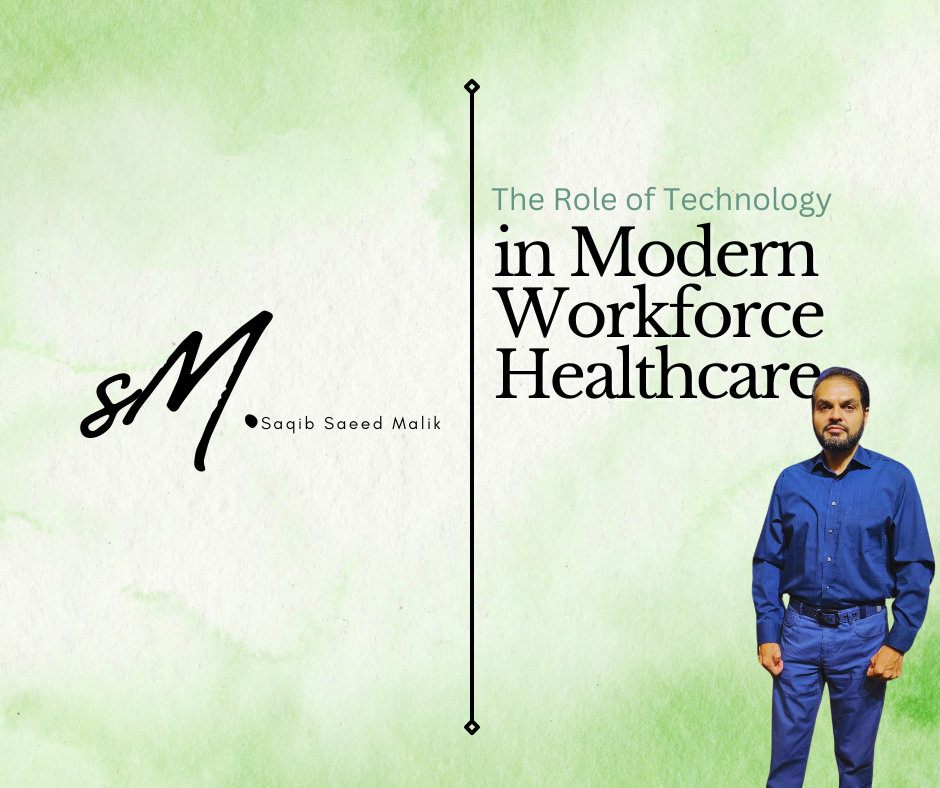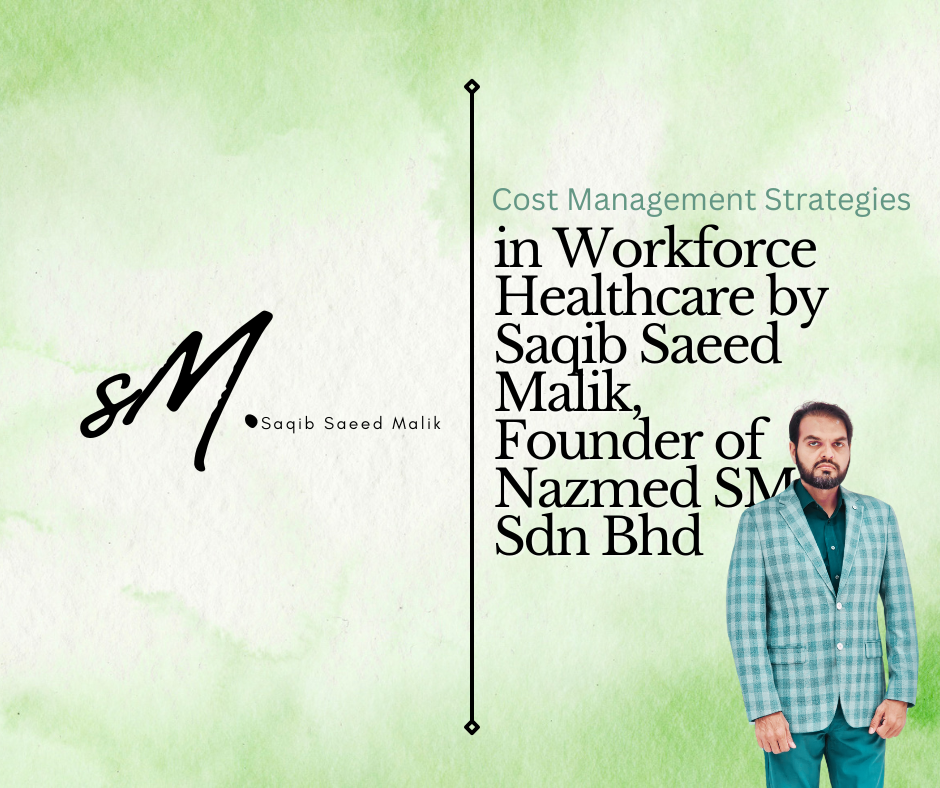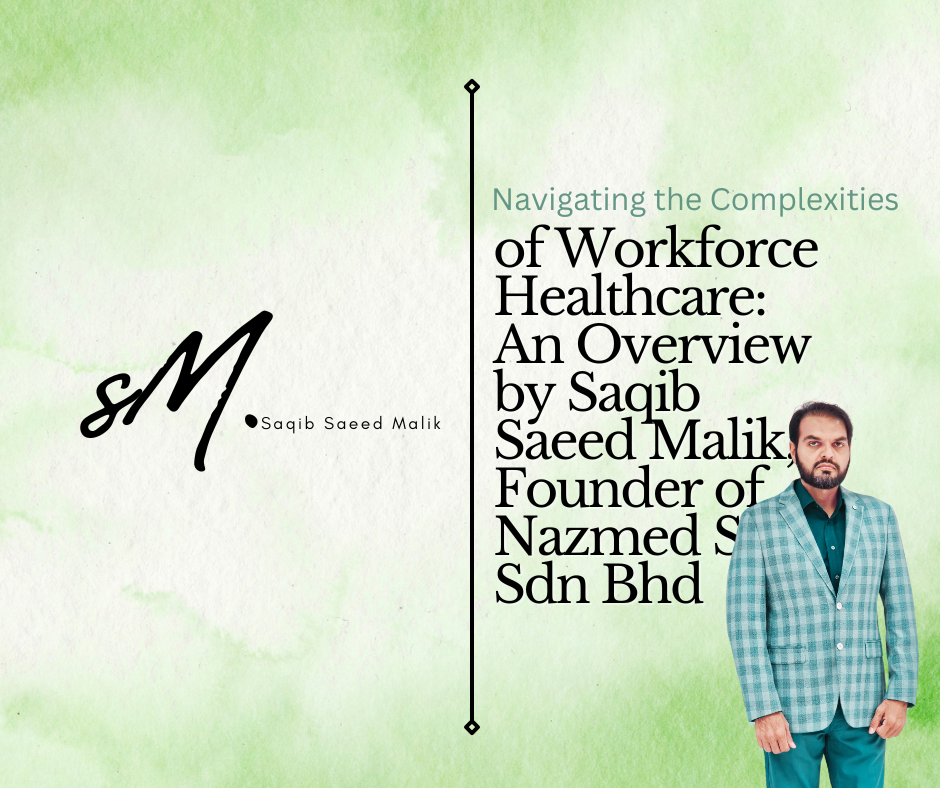Diwali—The Festival That Lights Up More Than Just Lamps
Every year, as Diwali approaches, the air becomes electric with excitement. Streets shimmer with rows of diyas, homes glow with vibrant lights, and hearts overflow with joy, unity, and love. But beyond the festivities lies a deeper truth—Diwali is not just a festival; it’s a reminder that light always conquers darkness, hope always triumphs over despair, and humanity always finds a reason to rise again.
In today’s world, where uncertainty clouds our thoughts and chaos often overshadows clarity, Diwali gives us a moment to pause, reflect, and rekindle the flame within. It is a call to cleanse not just our homes but our hearts, to let go of bitterness and embrace kindness, to replace competition with compassion, and to spread joy wherever we go.
An Urgent Reminder for Our Times
In an age of digital distractions and relentless hustle, Diwali reminds us to slow down, reconnect with family, revive our values, and rediscover gratitude.
Let this Diwali be more than decoration and sweets—let it be a time to rebuild relationships, to forgive, to start again, and to be a source of light in someone else’s life.
For entrepreneurs, leaders, and changemakers—this Diwali is your chance to ignite new beginnings. Reimagine your business goals, reignite your passion, and rebuild your community. The world needs lightbearers now more than ever—those who don’t just talk about change, but embody it.
Light Up the World Around You
True celebration lies not in fireworks that fade but in actions that last. Donate to a cause, support a small business, help a struggling neighbor, or simply share your time with someone who feels alone.
Be the light that others look for in their darkest hours.
Because when you light one diya, you bring light to one corner. But when millions of us light them together—with purpose, unity, and love—we illuminate the world.
A Call to Action
This Diwali, promise yourself something powerful:
To live with intention, to speak with kindness, to act with courage, and to lead with heart.
Let this not be just another festival you celebrate, but a new chapter you begin one filled with clarity, conviction, and compassion.
Happy Diwali to you and your loved ones.
May your life be illuminated with endless joy, prosperity, and peace.


